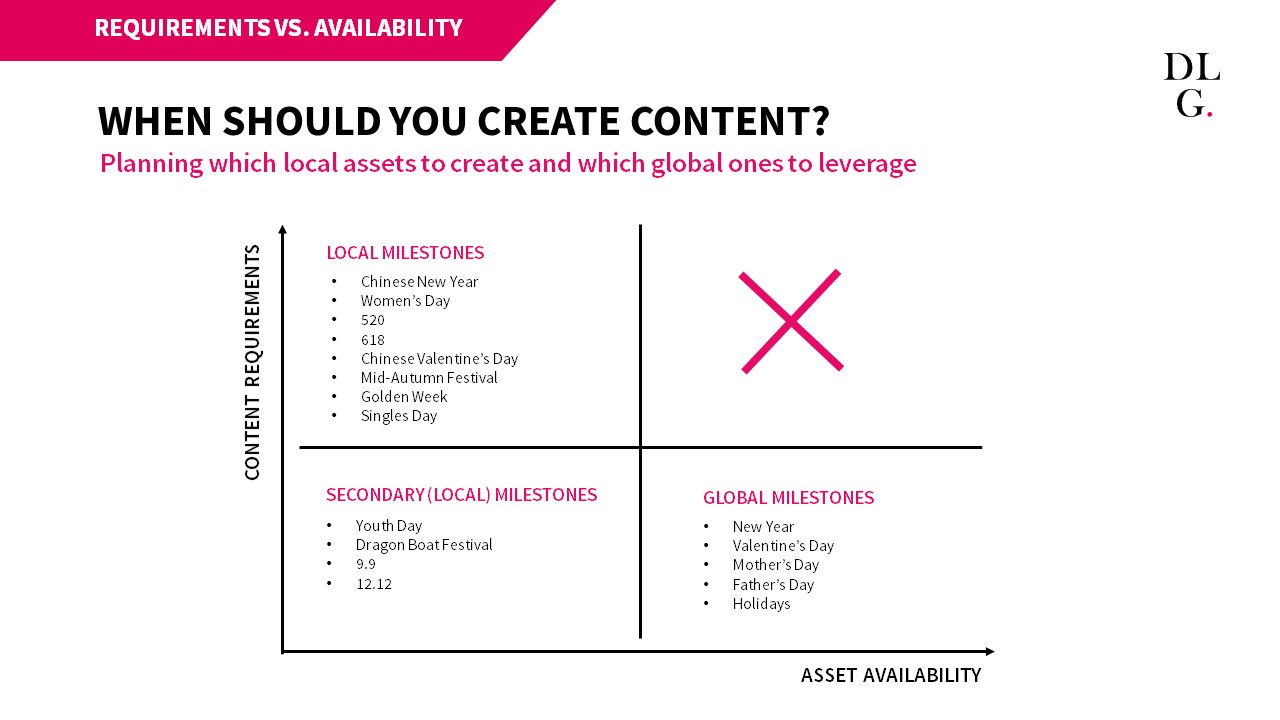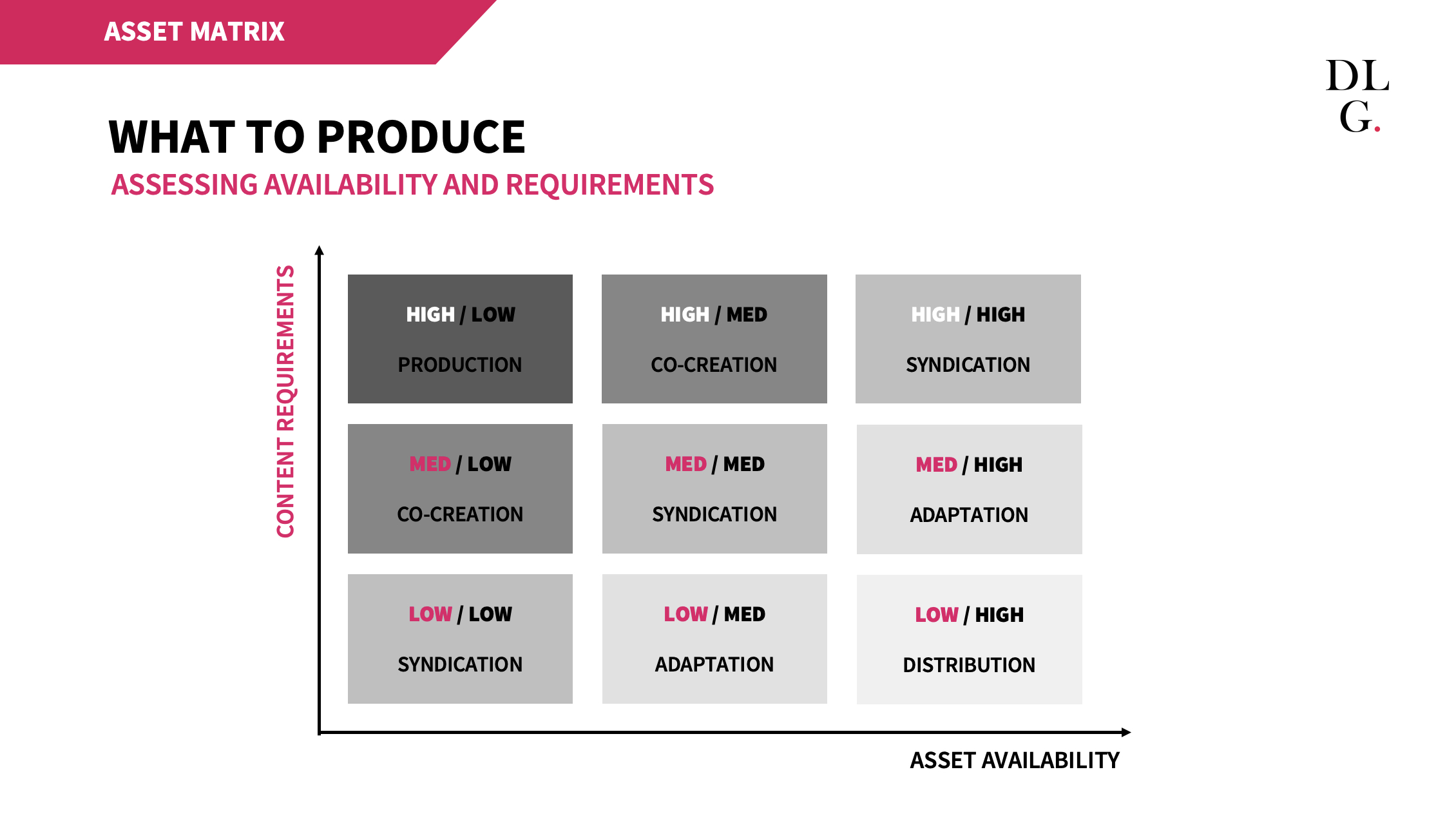
Digital
Content Creation and Localisation for China Needs to be Addressed Differently
by
Iris Chan | March 04, 2021
As the content needs and requirements in the world’s largest consumer market continues to grow, brands need to rethink their content production and localisation strategies to keep pace.
While an increasing number of foreign brands have started deepening their efforts in the Chinese market, the fundamental challenge when it comes to content creation remains. Ten years ago, the options for official brand communications were Weibo, Douban (a BBS/ Bulletin Board System site), and in its early stages, WeChat. The local communication strategy at the time – as much as you could call it that – was essentially to translate global press releases for local audiences. Brand and consumer expectations of one another were not very high.
Today, the China digital landscape looks quite different. The various applications in the market evolved to coexist, overlap, and intertwine with one another, while as a whole the landscape underwent a digital transformation increasing the prevalence of digital in daily life. Applications in China are multi-functional and this is reflected in the user behaviours. We’ve seen top of the funnel platforms like Weibo develop down the funnel to establish e-commerce functionalities with mini-storefronts (小店, xiǎo diàn). At the same time, we see e-commerce platforms like Tmall and JD.com developing capabilities in the opposite direction up the funnel with social content, gaming and entertainment, and livestreaming. Given the context, consumers have developed a more sophisticated set of expectations of brands than one might observe in the West with regards to content, which presents some challenges to the existing global creative process.
What Is Challenging The Global Creative Process?
The sheer number of native social platforms in China can be overwhelming. This makes it hard for brands to pinpoint how and where to get started, and harder yet to develop a coherent content strategy across the myriad of channels. The path of least resistance would be to take global assets and simply adapt them across channels – but given the level of consumer sophistication at this point, a quick and dirty tactic like that will no longer generate the traction or results brands are looking for in this market.
The intense marketing calendar in China can also be a lot to take in. Between the brand’s own milestones (e.g. collection launches, campaigns), local festivals and global festivals, spread out across all the different social platforms, a brand’s global assets alone are not enough to support the needs of the market – they will simply run out of content. On top of that, a struggle at the global level to adequately address the visual localisation element remains. An Asian face to check the quota does not equate to localised content. Asia is a very expansive region and China is a very large country within it; needless to say, neither should or can be considered as one homogenous blend. Fundamentally, this is not the way to approach localisation.

For content to achieve success in this market today, it needs to be conceived with the right objectives in mind and aligned with the role each platform plays in a brand’s digital ecosystem. As Western social media platforms are so far and away different from their Chinese counterparts, the creative development process needs to be done from the ground up. This leads to the next challenge facing brand headquarters: Relinquishing complete and centralised control over the creative development process.
In principle, luxury brands centralising the creative direction from global headquarters makes sense. It stemmed from brands wanting to ensuring that its essence did not dilute over time and across borders – which is understandable. But that principle was set in the traditional retail era; an era when digital only played a supporting role. China has been a digital-first market for some time, and the growing demand for localised content increases the pressure and bottleneck on global creative teams. This is a challenge they can no longer take on alone.
How Should Brands Adapt?
Pace yourself, and focus. Ramping up content production in China can feel like an uphill battle, given the constant shifts and pivots that brands will need to keep up with. Staying focused on the objectives and identifying strategic actions for today while keeping an eye on possibilities for tomorrow will help brands prioritise and keep the momentum. This includes identifying priority platforms and the most relevant milestones and opportunities for the brand to communicate about. Another good practice is to keep a test and learn mindset throughout, so that the brand is never far away from the next shift or pivot it may need to take, whether that comes in the form of leveraging a new platform or trying a new creative idea. It also helps to build things up in a phased approach – besides avoiding a resource crunch, this also enables brands to tweak their content strategies according to audience responses.

Be resourceful and get creative. Lean on your local team and partners to drive the localisation process, as the cultural and contextual disconnect makes it difficult for this to be resolved from a global office. Involve them from ideation through to execution and empower them to provide the direction on localised content, whether it’s local video productions, co-creating with artists and KOLs (Key Opinion Leaders), or making use of graphics and illustrations to enhance existing assets. However, it is important to keep in mind the fast cadence of this market. To avoid bottlenecks from an operational standpoint, take an 80/20 approach to ensure your brand stays agile: Set creative content guidelines and frameworks to ensure that 80 per cent of what is creatively conceived is aligned with the brand globally from the outset, and giving the remaining 20 per cent the space and flexibility needed to remain nimble through inevitable changes in the landscape.

Finally, the mindset shift cannot be stressed enough. Be prepared to be challenged regularly and deviate from your normal mode of operation. Do not get bogged down by decision paralysis and roundabout discussions that are counter-productive. Instead, try often, and learn just as often.
For a closer look at content production requirements, as well as production elements and guidelines, watch a recap of the recently concluded DLG Webinar Series 5: Content Creation and Localisation below.
Cover Image: Unsplash

